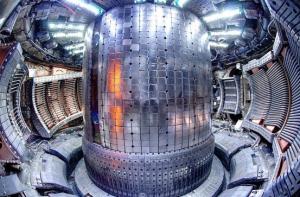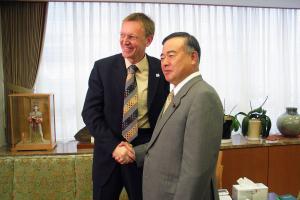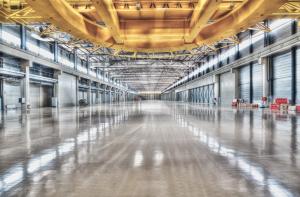What’s New
29 June 2015
ITER news digest for the period of 22 June 2015 to 29 June 2015.

June issue of F4E News

Hot forming the vacuum vessel

X marks the spot

JET's next tritium experiments materialize



